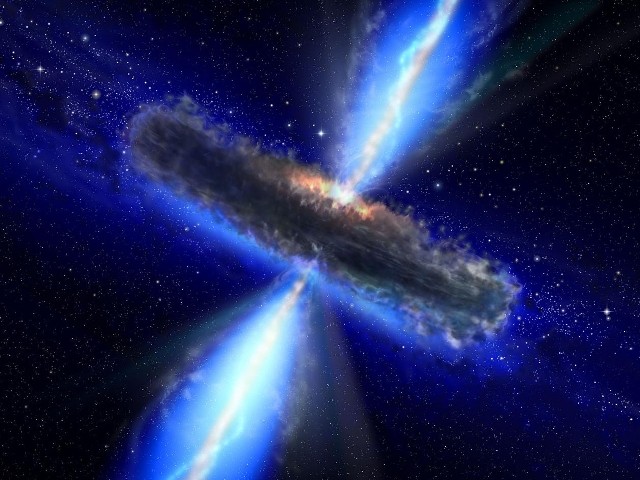A number of monster giant black holes have been detected by astronomers and there is a great possibility that there could be more lurking around deep space that are waiting to be discovered.
Researchers from the United Kingdom have observed some dust and gas particles that are enshrouding five monster black holes where they were previously hidden from view. Scientists now suggest that since these are hidden, many more could be obscured from view, maybe millions more.
According to lead author of the study George Lansbury of the University of Durham's Center for Extragalactic Astronomy, scientists have long known about supermassive black holes but they are not hidden under a veil of dust. Since these five are initially obscured, this could mean that there are many more hidden from view.
Supermassive black holes are so colossal that they act as cosmic drains where they suck in stellar material where mass forms into an infinite density from an unimaginable compression of mass from countless suns that ranges from thousands to billions.
Using NASA's Nuclear Spectroscopic Telescope Array (NuSTAR) orbiting observatory, these five black holes were detected where this highly powerful telescope has the ability to detect unreachable cosmic objects like black holes or high energy X-rays as well.
According to NuSTAR project scientist Daniel Stern from NASA's Jet Propulsion Laboratory in California, these high energy X-rays are so penetrating that they allow us to peek inside gas where the black holes are buried deep, to learn how and why do they appear hidden.
With this new finding, since there could be millions of black holes in the universe, the possibility of having an encounter with one only got higher where a black hole can reach our solar system within a million miles. This could also mean that this can change the Earth's orbit around the sun due to its extremely powerful gravitational forces. If this happens, extreme temperatures will change the ecosystem of the planet with scorching summers to subzero winters.
This new study will be published in The Astrophysical Journal.



























